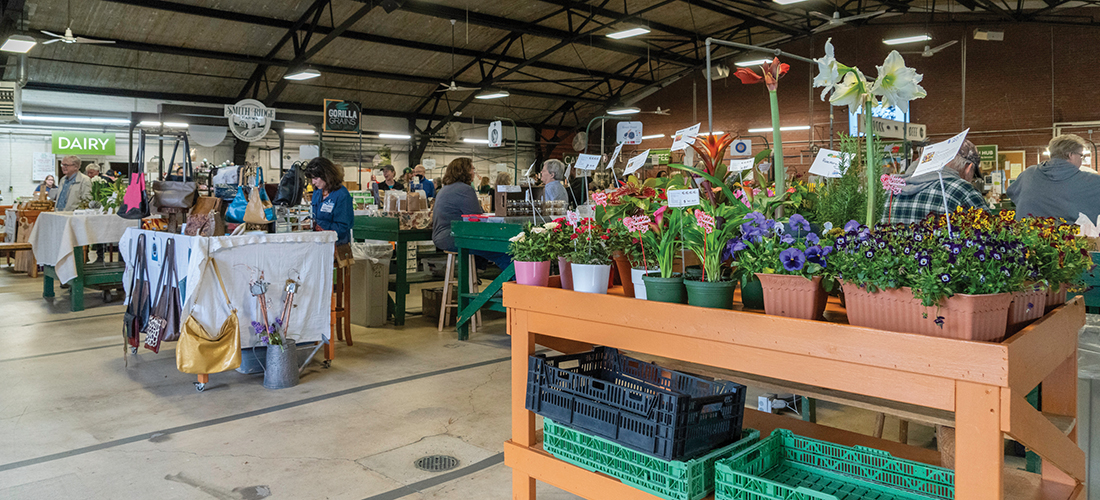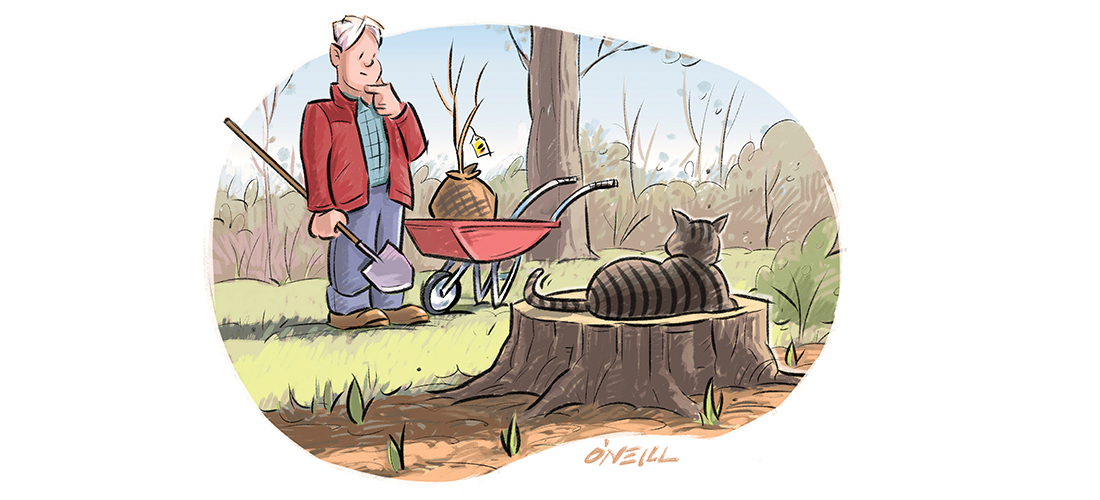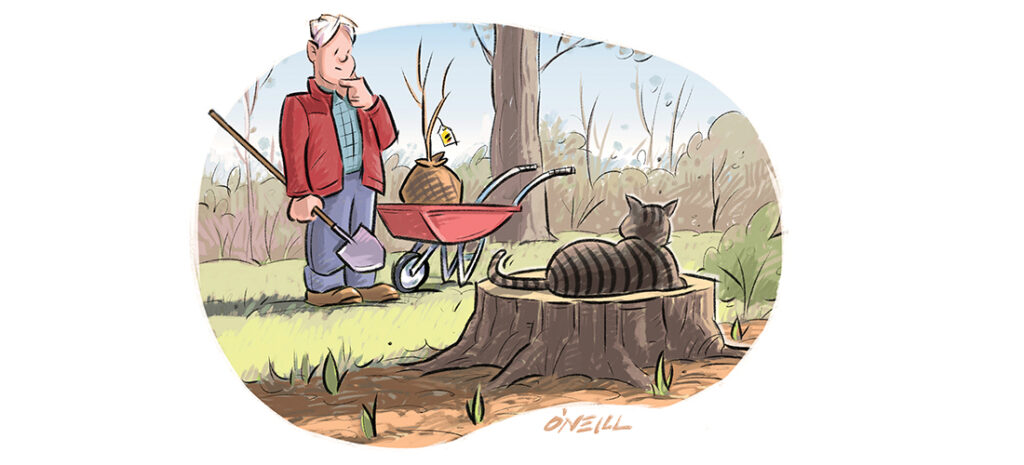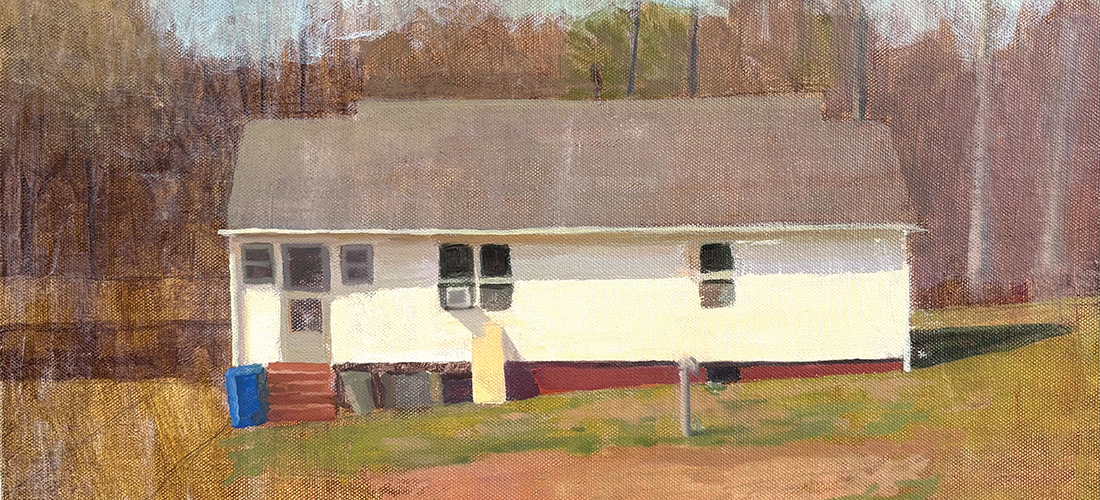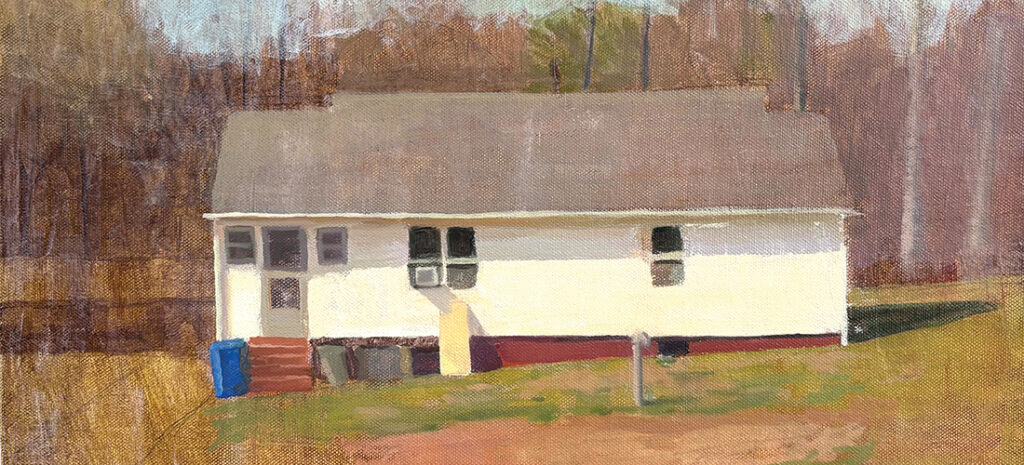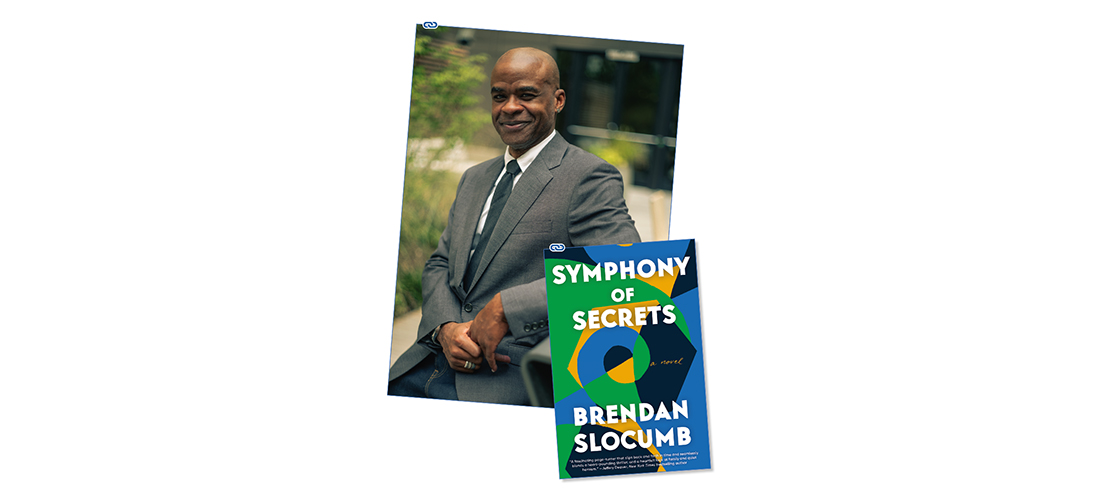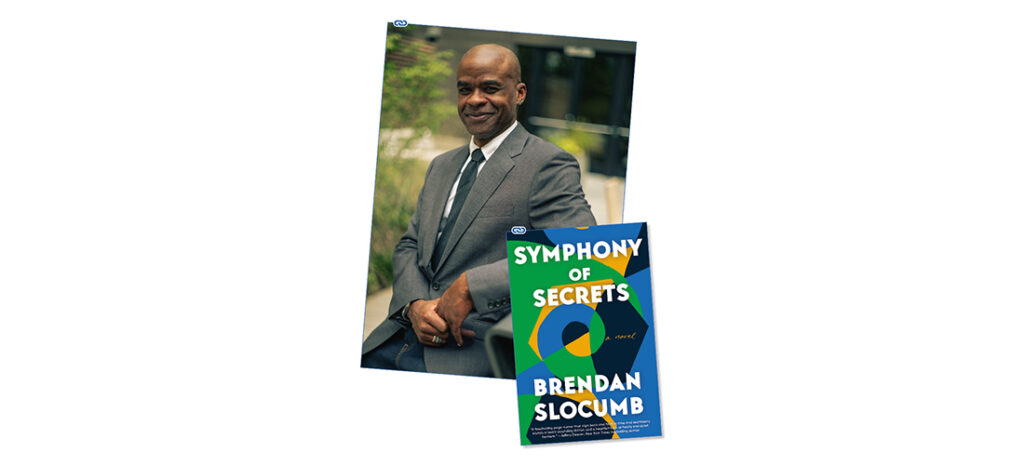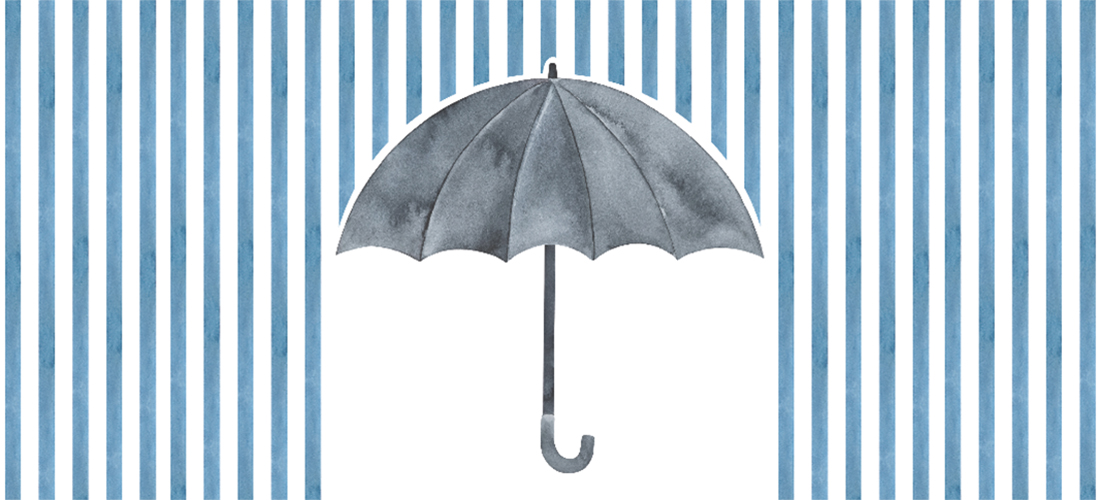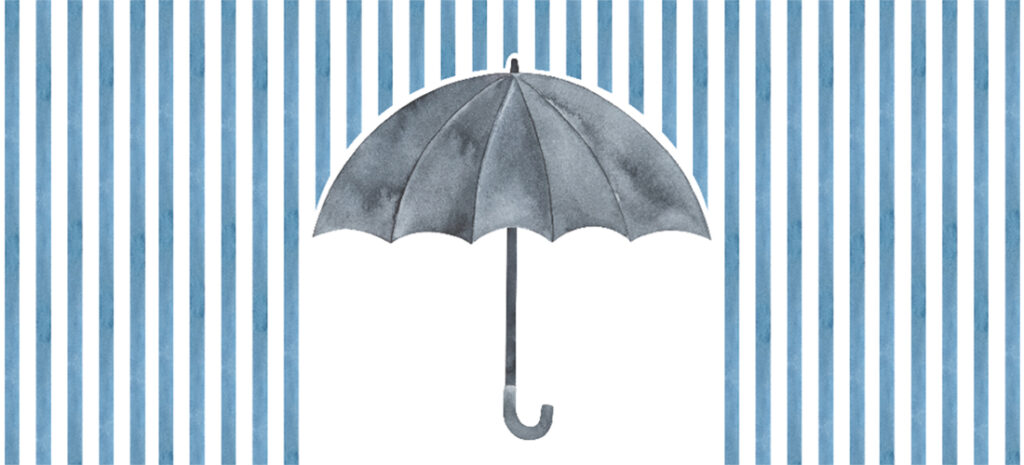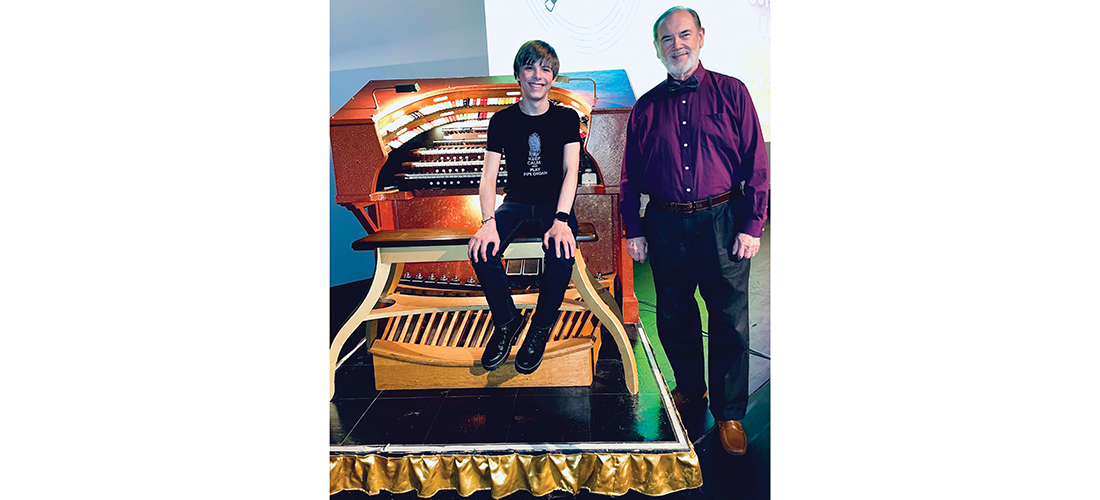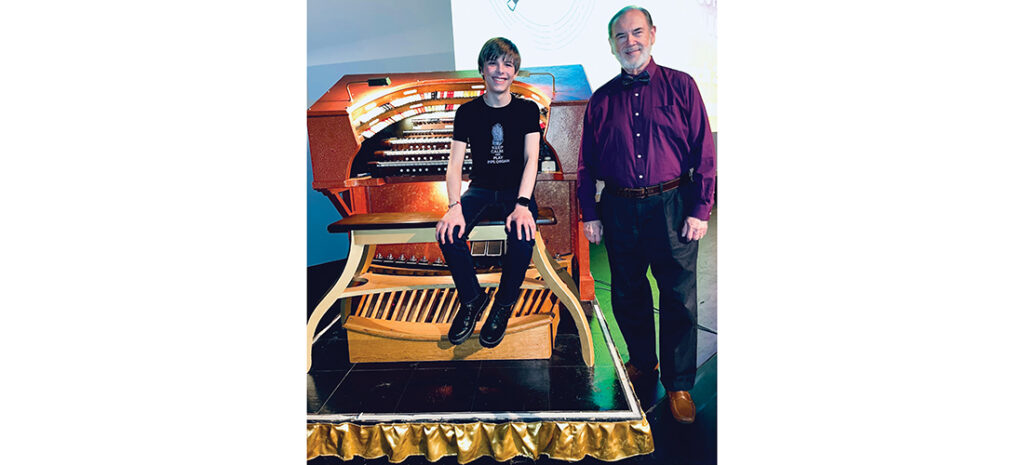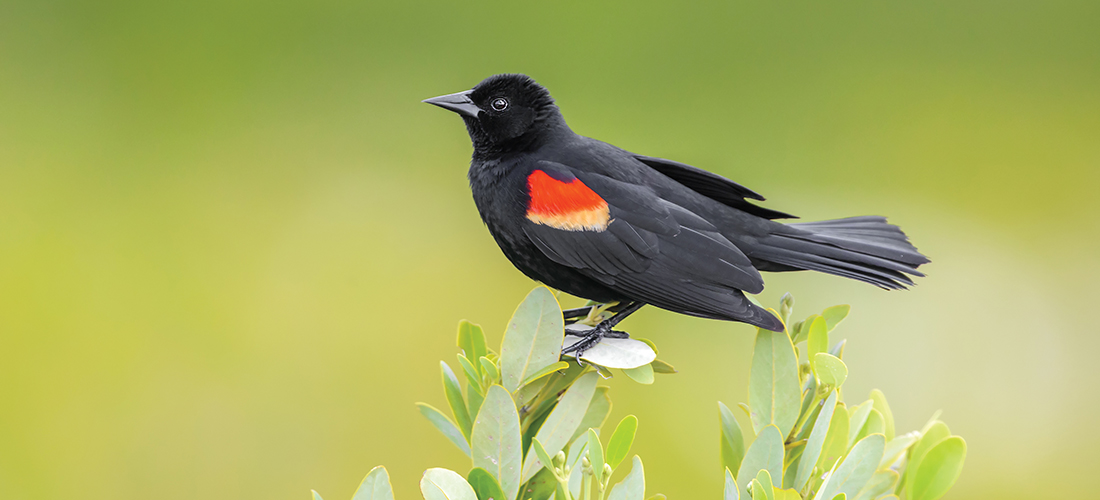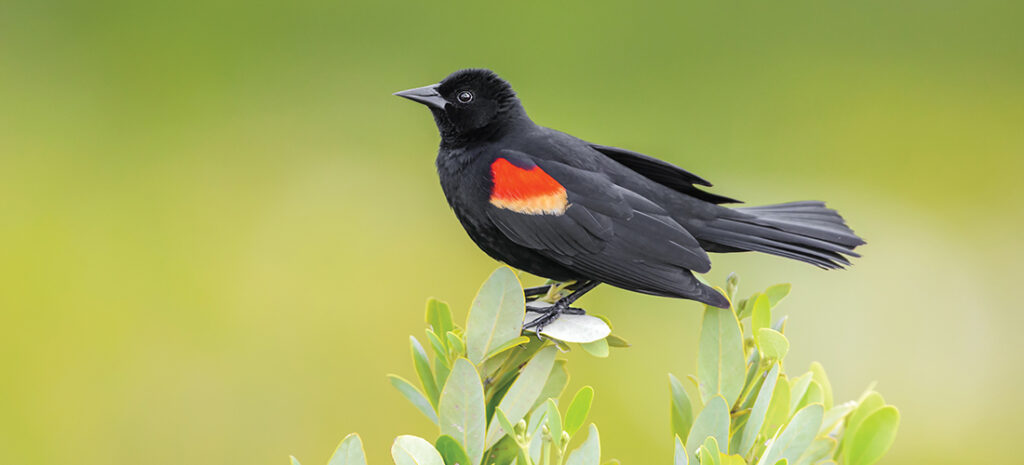A Few Questions for Greensboro’s Mr. Baseball
A Few Questions for Greensboro’s Mr. Baseball

Donald Moore’s Extra Inning
by Jim Dodson
After 22 years at the helm of the Greensboro Grasshoppers as both president and general manager, Donald Moore opens the 2024 season in his new position as President Emeritus of the organization he helped create. A longtime figure in the Gate City’s sporting scene, Moore was a three-sport star at Page High in the early 1970s, playing baseball, football and basketball. He was lucky to play under two North Carolina Sports Hall of Fame coaches — Marion Kirby and Mac Morris. In the 1990s, Moore was involved with the Greensboro Sports Council and chaired the city’s high school basketball tournament for many years. Then along came the Hoppers. With a new season on the horizon, we caught up with Greensboro’s genial son — the man with a plan to bring baseball back to the Gate City — and asked him to reflect on his own journey around the bases.
Since the ballpark opened in the spring of 2005, how many fans have passed through your turnstiles?
It’s rather amazing. Somewhere close to 7 million fans have visited the ballpark. That’s a high compliment to the baseball fans of Triad.
Tell us how it all started.
It all started with a phone call from Jim Melvin in July of 2001. I was working in real estate development at Uwharrie Point and commuting 53 miles a day, six days a week. The development was winding down and I was trying to think of what I would do next. That’s when Jim called out of the blue wondering if I had interest in joining the baseball team as part of an investment team that bought the team and wanted to build a new stadium downtown.
What were the early days of the organization like?
To begin with, we were based over at Memorial Stadium in an office that was like a dungeon that had no windows. It was a pretty grim place. We had three seasons over there. The team nickname at that time was the Bats, and they had God-awful colors — black and purple. So, we changed the name to the Grasshoppers in the fall of 2004 to open the new stadium in the spring of 2005 with our affiliate, the Marlins. I’d always thought the colors of the University of Miami were so cool — green and orange. The Marlins came up and played an exhibition game.
Do you remember opening day?
Sure do. We opened with an exhibition game. Every seat in the stadium was taken. Our attendance was almost 8,000. It was a beautiful, sunny and cool spring day. The fans were ecstatic and couldn’t believe what an incredible ballpark they had. The credit goes to Jim Melvin, Len White, Cooper Brantley and the rest of the private investment group. Things really took off from there and have never stopped.
It’s been pointed out that the stadium was a key component in the redevelopment of downtown Greensboro. How do you feel about that?
I’m proud of the economic impact that the ballpark has had on downtown and in Greensboro at large. In the 1970s, ’80s and ’90s, downtown was a ghost town. I think the stadium was just part of that rebirth. So much has changed since then. We have a new $100-million plus development rumored to be coming. I’m glad we could be part of that.
Best memories?
Oh, gosh. So many in 22 years. A lot of games and a lot of weekends. But it’s been fantastic. We won the league championship in 2011, a storybook finish. We won 17 of the last 20 games and got into the playoffs on the very last day of the season. Then we went to Savannah and won the title down there. The first championship since 1982. We also held the ACC tournament here three times — 2010, 2012 and 2014 — and packed the house. In 2012, we hosted the State-Carolina game here on a Saturday night and set a record for the state of North Carolina collegiate baseball — more than 10,000 fans. The Marlins also came two more times in 2010 and 2015. Those were all special days.
What sort of things did you learn along the way?
I learned early that we are in the entertainment business. Baseball at this level is family entertainment. Probably half our fan base has a family pet. I remember thinking, wouldn’t it be cool if we could get a dog into the mix?
Then along came Miss Babe Ruth.
That’s right. She was born November 5, 2005. I found her at a local breeder, and we had a press conference to say she was going off to spring training in March of ’06. She made her debut carrying baseballs in a bucket out to the umpires in August that year. The fans went crazy. She loved it, too. We retired her in 2015 after 649 straight games. I wrote a letter to the National Baseball Hall of Fame to offer them Babe’s original ball bucket. They were delighted to accept it. Today, it’s the only nonhuman artifact in the Baseball Hall of Fame in Cooperstown.

How about the other four-legged baseball fans?
We had Master Yogi Berra, our only male in five dogs. He was a real cutup, always carrying a ball in his mouth. I would shoot a ball into the outfield, and he’d run and get it, and then race back through the tunnel. One time in ’09, Yogi stopped and left his business on the field. The fans loved it but the umpire tossed him out of the game. I wrote and sent out a press release pointing out that Yogi was the first dog ever to be ejected from a professional baseball game. It went crazy. Within a week, Yogi was in Sports Illustrated, and he and I were on Fox & Friends.
Lou Lou Gehrig joined us in 2012 and worked up until her passing in 2020. She became our office dog. She was followed by Little Jackie Robinson, who never got into the routine and became our office administrator. Willie May Mays joined us in 2022. Willie’s great, loves the whole thing, and the fans love her.
So how do you feel stepping back from all of that?
It’s bittersweet. I tell you, though, if you surround yourself with good people it makes it easier to go. I hired everyone on our staff and know what talented and committed people they are. Sure, I’ll miss it. But I’ll be around, checking in from time to time. It’s a good feeling to know you’ve made a difference in someone’s life. I run into fans all the time who have great memories of this place. Not long ago a father came up to tell me that I gave his son a baseball 15 years ago. It’s a small thing like that that you remember most.
So how are the Hoppers looking in 2024?
You never quite know. But it’ll be lots of fun. So, come on out. OH


